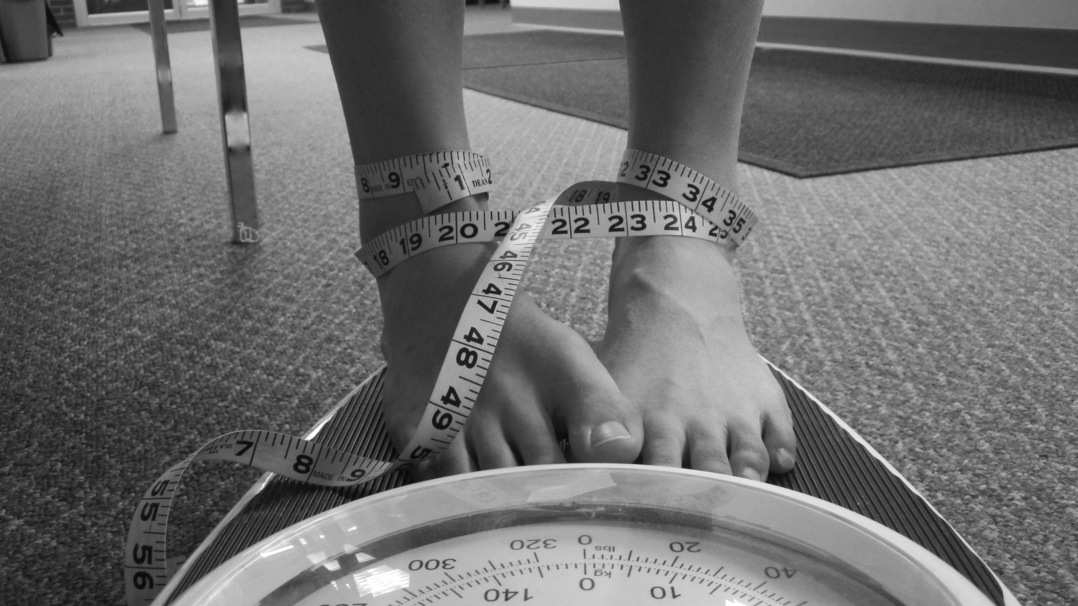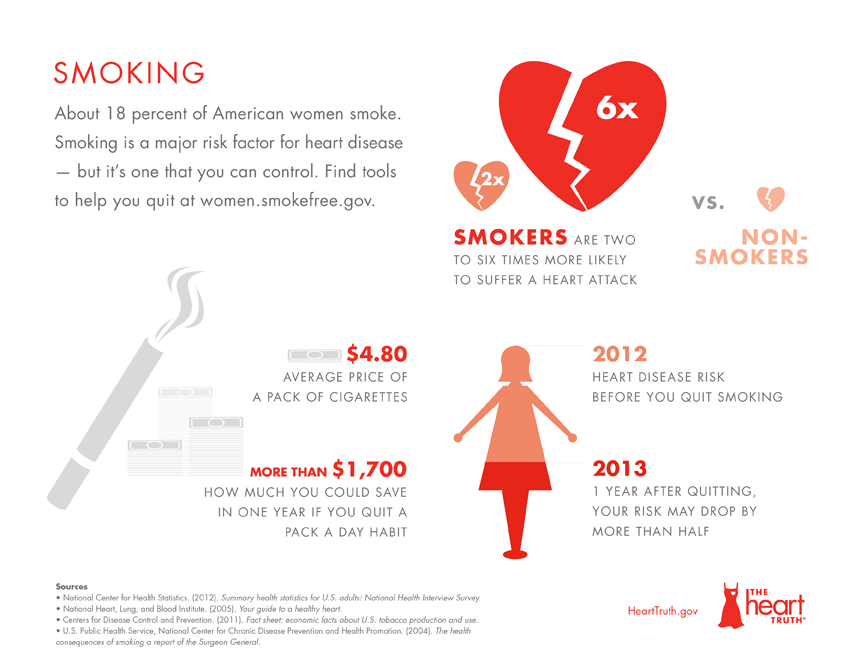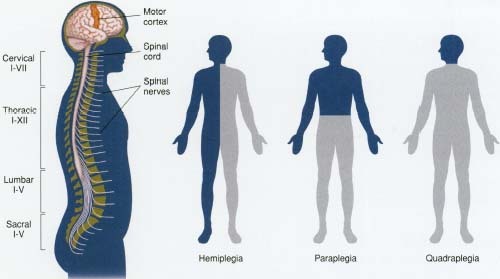 What is an Eating Disorder?
What is an Eating Disorder?
A persistent disturbance of eating behaviour or behaviour intended to lose weight, which much impairs physical health or psychosocial functioning. This disturbance should not be secondary to any recognized general medical disorder (i.e. a hypothalamic tumour) or any other psychiatric disorder (i.e. an anxiety disorder).
Fairburn and Walsh (2002)
According to the Diagnostic and Statistical Manual of Mental Disorders or DSM-IV(American Psychiatric Association, 1994), there are three types of eating disorders: anorexia nervosa (AN), bulimia nervosa (BN), and eating disorder not otherwise specified (EDNOS).
Anorexia Nervosa
According to DSM-IV, four diagnostic criteria must be present to set up a diagnosis of anorexia nervosa:
1. Refusal to keep up body weight at or above a minimally normal weight for age and height. Underweight is generally defined as weight less than 85% of that considered normal.
2. Intense fear of gaining weight or becoming fat by avoidance of “fattening foods”.
3. Distorted perception of body weight or shape. Some patients, whose self-esteem depends on their weight and body shape, perceive themselves as overweight.
4. Absence of at least three consecutive menstrual cycles in post-menarchal women caused by abnormally low levels of estrogen.
Anorexia Nervosa is further divided into two subtypes:
(1) The restricting type, when the patient is not engaged in binge eating or compensatory behaviors, such as vomiting or the use of laxatives or diuretics with the aim of losing weight.
(2) The binge eating/purging type, when the patient regularly engages in binge eating, or uses compensatory behaviors such as vomiting or the use of laxatives or diuretics.
Bulimia Nervosa
Bulimia Nervosa is the recurrent episodes of binge eating and compensatory behavior, at least twice a week during a period of three months in which large amounts of food are consumed in short periods.
1. Consumption of that amount of food which is definitely larger than most people would eat during a similar time or circumstances (usually within any 2-hour period).
2. A sense of lack of control over eating during the episode (e.g., a feeling that one cannot stop eating or control what or how much one is eating). An abnormal amount of food consumed and not a craving for a specific food, with similar measure of calories as a normal person would consume.
3. The patient attempts to counteract the “fattening” effects of food by one or more of the following:
- Self-induced vomiting
- Self-induced purging
- Alternating periods of starvation
- Use of drugs such as appetite suppressant, thyroid preparations, or diuretics; when bulimia occurs in diabetic patients, they may choose to neglect their insulin treatment.
4. Excessive and inappropriate emphasis on body shape and weight, making self-esteem directly associated with body shape and size.
Bulimia nervosa is also further divided into two subtypes:
(1) The purging type: when the patient regularly engages in purging behaviours such as vomiting or use of laxatives.
(2) The non-purging type: when the patient regularly uses non-purging compensatory behaviours such as physical exercise or fasting.
Eating Disorder not otherwise Specified(EDNOS)
This includes atypical eating disorders that do not meet all the criteria for any of the two specific eating disorders (i.e. anorexia nervosa or bulimia nervosa).
An atypical eating disorder is diagnosed, when:
- All criteria for Anorexia nervosa (AN) are met except for amenorrhea.
- All criteria for AN are met except for the patient’s weight being above the anorexic threshold but still sub-normal.
- All criteria for Bullimea Nervosa are met with the exception of binge-eating and compensatory behaviours occurring less often than twice a week or for a duration of less than three months.
- A patient of normal weight uses compensatory behaviours on a regular basis even after eating small amounts of food.
- A patient who regularly chews and spits out, but does not swallow, large amounts of food, or
- There are recurrent episodes of binge-eating in the absence of compensatory behaviour typical for bulimia nervosa (this is also termed binge eating disorder (BED).
Future Complications of Eating Disorders
- Thinning of the bones (osteopenia or osteoporosis)
- Mild anemia and muscle wasting and weakness
- Brittle hair and nails
- Poor skin colour and texture: Dry and yellowish
- Growth of fine hair all over the body (lanugo)
- Severe constipation
- Low blood pressure, slowed breathing and pulse
- Damage to the structure and function of the heart
- Brain damage
- Multiorgan failure
- Drop in internal body temperature, causing a person to feel cold all the time
- Lethargy, sluggishness, or feeling tired all the time
- Infertility
Binge-Eating Disorder
Symptoms of Binge eating disorders
- People with binge-eating disorder lose control over his or her eating, characterised by the consumption of abnormally excessive amounts of food within a short space of time, no matter if they feel full or not hungry.
- Eating alone or in secret to avoid embarrassment and are distressed, ashamed, or guilty about eating
- Unlike bulimia nervosa, periods of binge-eating are not followed by purging, excessive exercise, or fasting.
- People with binge-eating disorder often are overweight or obese.
Night Eating Syndrome
If you consume at least 25% of your daily intake after the evening meal and/or ≥ 2 nocturnal ingestion (defined as waking up at night to eat) per week, you can have a night eating syndrome.
– An individual with night eating syndrome is characterized by delay in the circadian rhythm of eating.
– Person usually show appetite suppression during morning hours but appetite increase during evening hours.
– In addition, an individual must experience at least three of the five following features:
- Morning anorexia (defined as absence of morning appetite).
- Strong urge to eat between dinner and sleep onset and/or during nocturnal awakenings.
- Insomnia at least four to five times per week
- Patient has a belief that eating is necessary to initiate or return to sleep
- Depressed mood that worsens during evening hours.




